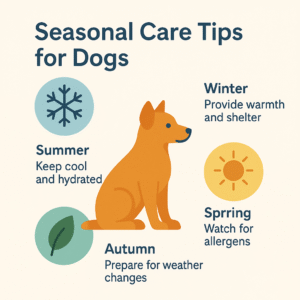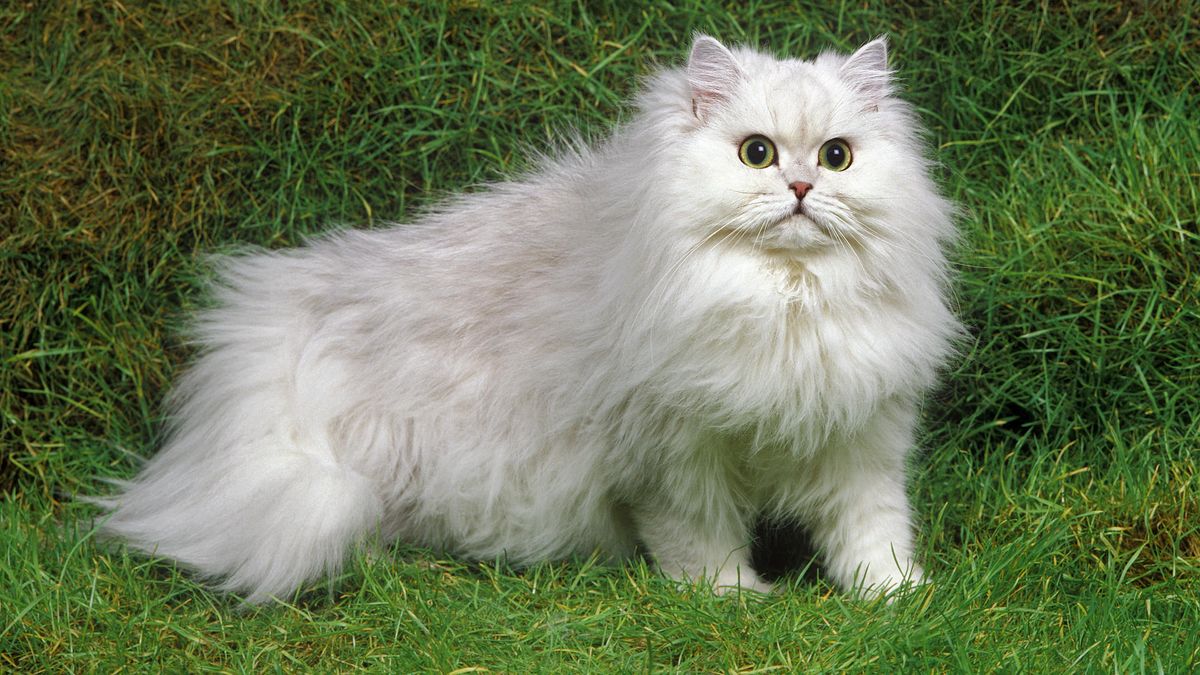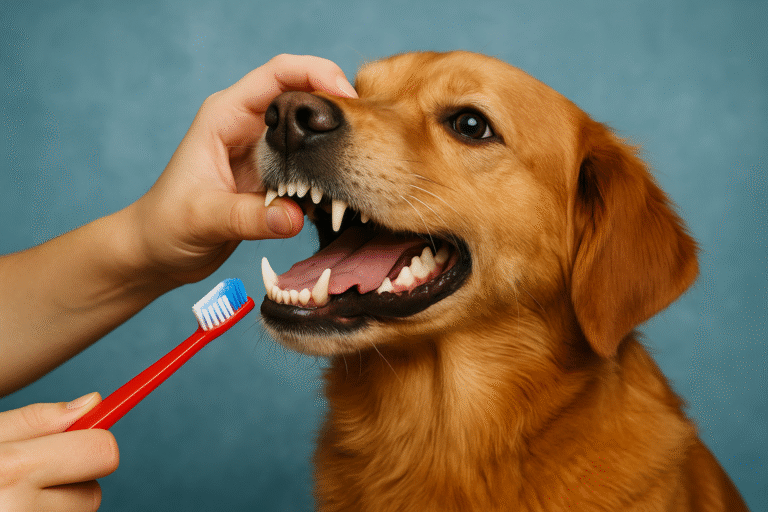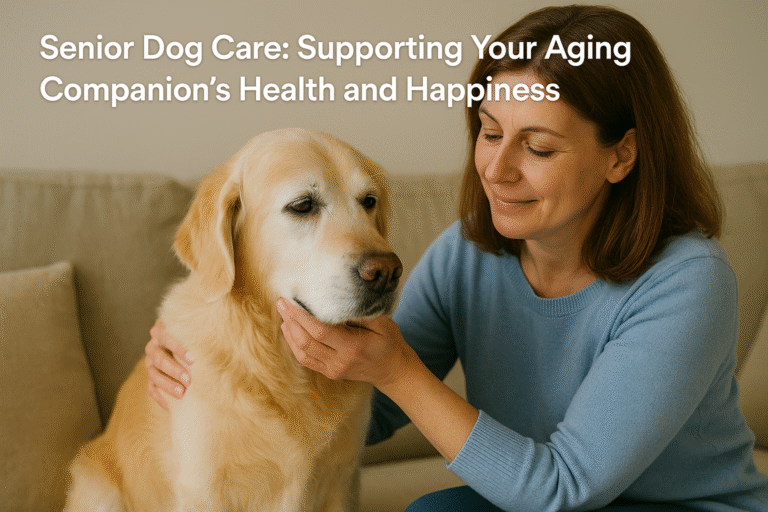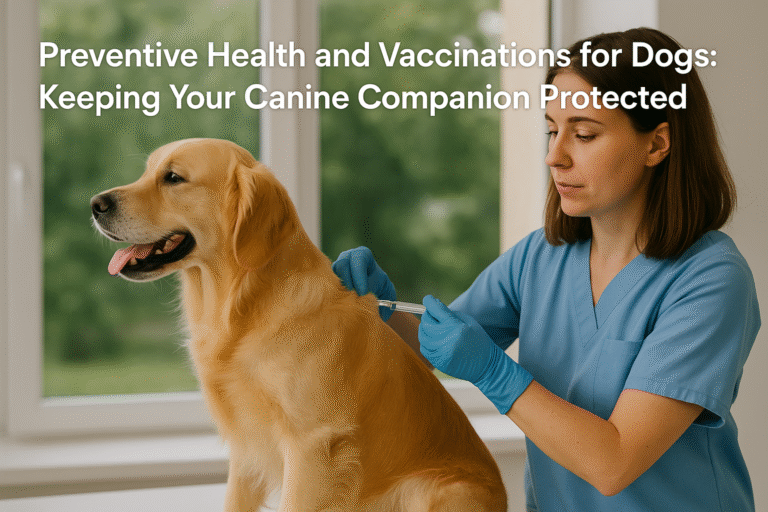Feeding your feline friend a balanced diet is one of the most important things you can do to support her health and wellbeing. Unlike dogs, cats are obligate carnivores that rely on nutrients found only in animal tissue. They evolved as hunters that consumed prey high in protein, moderate in fat and very low in carbohydrates and their modern diet still requires these general proportions. In addition to protein and fat, cats need more than a dozen other nutrients including vitamins, minerals, fatty acids and amino acids.
Protein and amino acids
Cats have a high requirement for high-quality animal protein because protein supplies essential amino acids such as taurine, arginine and methionine. Taurine deficiency can lead to heart disease and vision problems, while arginine is needed every day to prevent toxic ammonia build-up. Look for meat, poultry or fish as the first ingredient on a cat food label.
Fat and essential fatty acids
Dietary fat provides a concentrated energy source and helps your cat absorb fat-soluble vitamins A, D, E and K. It also supplies essential fatty acids such as arachidonic acid that cats cannot make themselves. High-quality fats come from animal tissues like chicken fat, fish oil and beef tallow. Too much fat, however, can contribute to obesity, so portion size matters.
Carbohydrates and fibre
Cats have no nutritional requirement for carbohydrates, but small amounts of cooked grains or vegetables in commercial diets can provide easily digestible energy. Fibre from ingredients like beet pulp or pumpkin helps regulate digestion and prevent constipation or hairballs. However, avoid high‑carbohydrate diets that use cheap fillers because they dilute the amount of protein your cat receives.
Vitamins and minerals
Essential vitamins include vitamin A for vision and skin health, vitamin D for calcium balance, vitamin E as an antioxidant, vitamin K for blood clotting and B‑complex vitamins for metabolism. Important minerals include calcium and phosphorus for bones and teeth, magnesium, potassium, sodium and chloride for fluid balance, and trace minerals like iron, zinc, copper, iodine and selenium. Commercial cat foods formulated to meet AAFCO standards include the correct balance of these nutrients. Avoid supplementing your cat’s diet with additional vitamins or minerals unless directed by your veterinarian because oversupplementation can be harmful.
Water
Water is vital for every bodily function and cats naturally have a low thirst drive. Encourage your cat to drink by providing fresh, clean water at all times and consider feeding canned or wet food, which contains about 75 percent moisture, to increase water intake. Adequate hydration supports kidney health and helps prevent urinary tract issues.
Types of commercial cat food
Commercial diets come in three basic forms: dry, semi‑moist and canned. Dry foods, also called kibble, contain only six to 10 percent moisture. They are convenient and budget‑friendly but may be less palatable and less digestible than moist diets. Store dry food in an airtight container in a cool, dry place and use it before the expiration date since nutrients degrade over time. Semi‑moist diets contain around 35 percent moisture. They are often more palatable than dry kibble but can dry out quickly once opened. Canned foods contain at least 75 percent moisture and are highly palatable. Wet food increases water intake and may be beneficial for cats prone to urinary problems or constipation, though it is more expensive and leftovers must be refrigerated.
When comparing cat foods, read the nutrition label carefully. Look for an AAFCO statement that the food is “complete and balanced” for your cat’s life stage (growth, maintenance or all life stages). The ingredients list is ordered by weight, so quality foods will list meat, meat byproducts or seafood among the first ingredients. Avoid foods with lots of unnamed “meat meal,” “byproduct meal” or plant‑based proteins near the top of the list.
Feeding for different life stages
Your cat’s nutritional needs change throughout life. Kittens need energy‑dense diets rich in protein, fat, calcium and DHA to support rapid growth and brain development. Feed a kitten formula until about one year of age. Adult cats require balanced maintenance diets that provide enough calories to maintain an ideal weight without excess. The average indoor adult needs around 20 calories per pound of body weight per day, but individual needs vary. Monitor your cat’s body condition and adjust portions accordingly. Senior cats often need fewer calories because their metabolism slows; however, some seniors lose weight due to poor appetite or medical conditions. Diets formulated for older cats may contain adjusted protein and fat levels, added antioxidants and joint‑support nutrients like omega‑3 fatty acids and glucosamine. Pregnant or nursing queens require energy dense “growth” diets to meet the demands of pregnancy and milk production.
Obesity
Obesity is one of the most common problems in pet cats and it contributes to diabetes, arthritis, heart disease and decreased quality of life. Avoid free‑choice feeding of dry kibble and instead measure meals and feed on a schedule (e.g., two or three meals per day). Treats should not exceed 10 to 15 percent of your cat’s daily caloric intake and should never replace balanced meals. Human foods like cooked lean meats, scrambled eggs or small amounts of cheese can be occasional treats, but avoid giving raw meat due to the risk of bacteria and parasites, bones that may splinter, chocolate, onions, garlic, alcohol and caffeinated beverages. Many cats are lactose intolerant, so milk and dairy products often cause diarrhea and should be avoided
Homemade diets and special needs
Home‑prepared diets are difficult to balance and may not provide the right quantity and proportion of nutrients. If you need to cook for your cat because of a medical condition, consult a veterinarian or board‑certified veterinary nutritionist for a recipe. Cats with urinary tract disease, kidney disease, allergies or digestive problems may require therapeutic diets prescribed by a veterinarian. Always transition gradually when switching foods to avoid gastrointestinal upset.
Monitoring and adjusting
Observe your cat’s weight, body condition, coat quality and energy level. A healthy cat has a waist when viewed from above, minimal fat covering the ribs and a glossy coat. Sudden weight gain or loss, poor coat condition, vomiting, diarrhea or changes in appetite warrant a veterinary checkup. Your veterinarian can help you select an appropriate diet and determine portion sizes.
Conclusion
Providing balanced nutrition is essential for keeping your cat healthy throughout her life. Choose high‑quality foods that list animal proteins as primary ingredients, ensure the food is complete and balanced for your cat’s life stage, provide plenty of fresh water and feed appropriate portions. Avoid fad diets, excessive treats and unnecessary supplements. By meeting your cat’s nutritional needs and adjusting her diet as she grows, you’ll help her stay energetic, maintain a healthy weight and reduce the risk of diet‑related diseases. For more personalized guidance on feeding and caring for your cat, feel free to Contact us.








